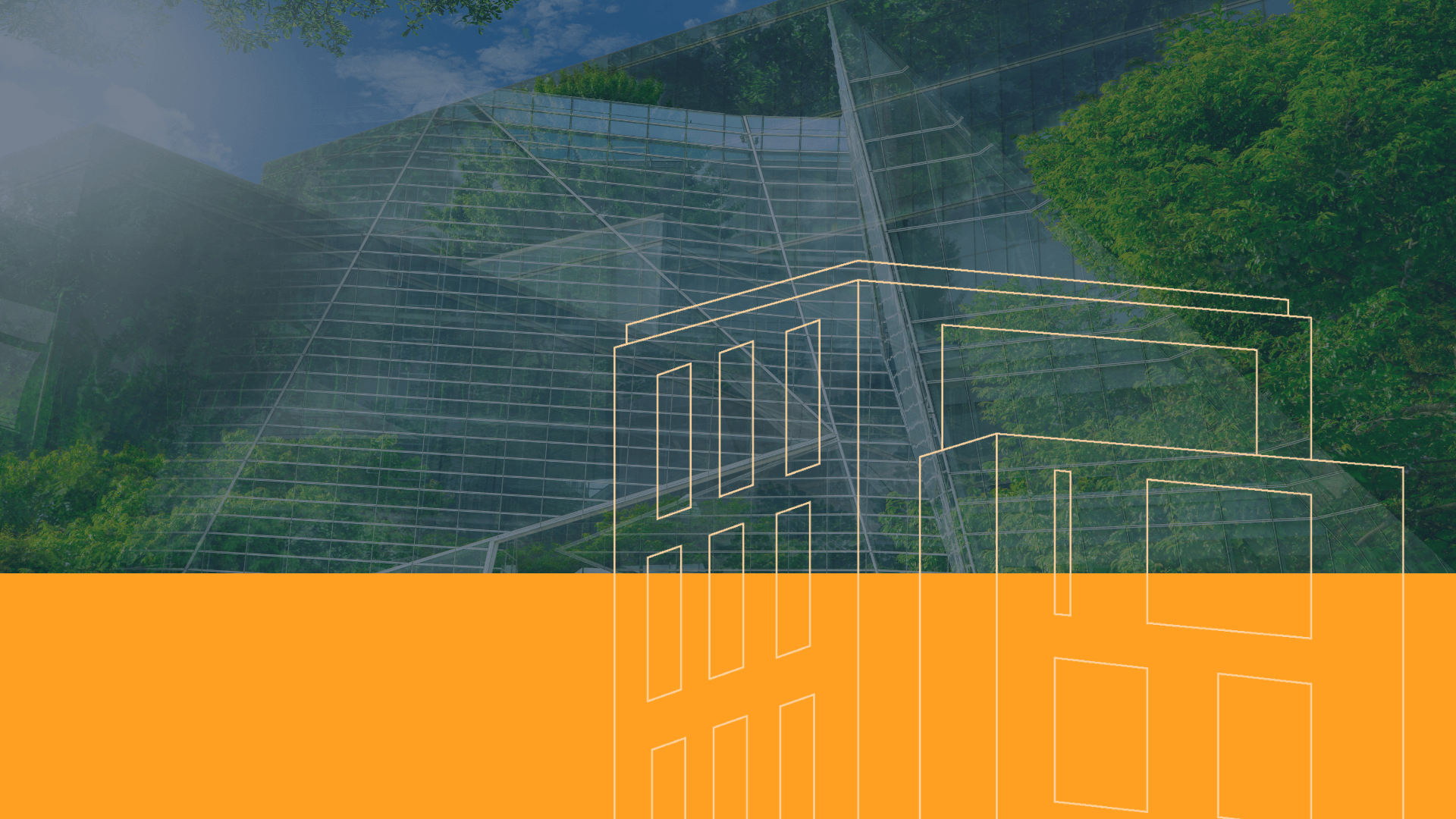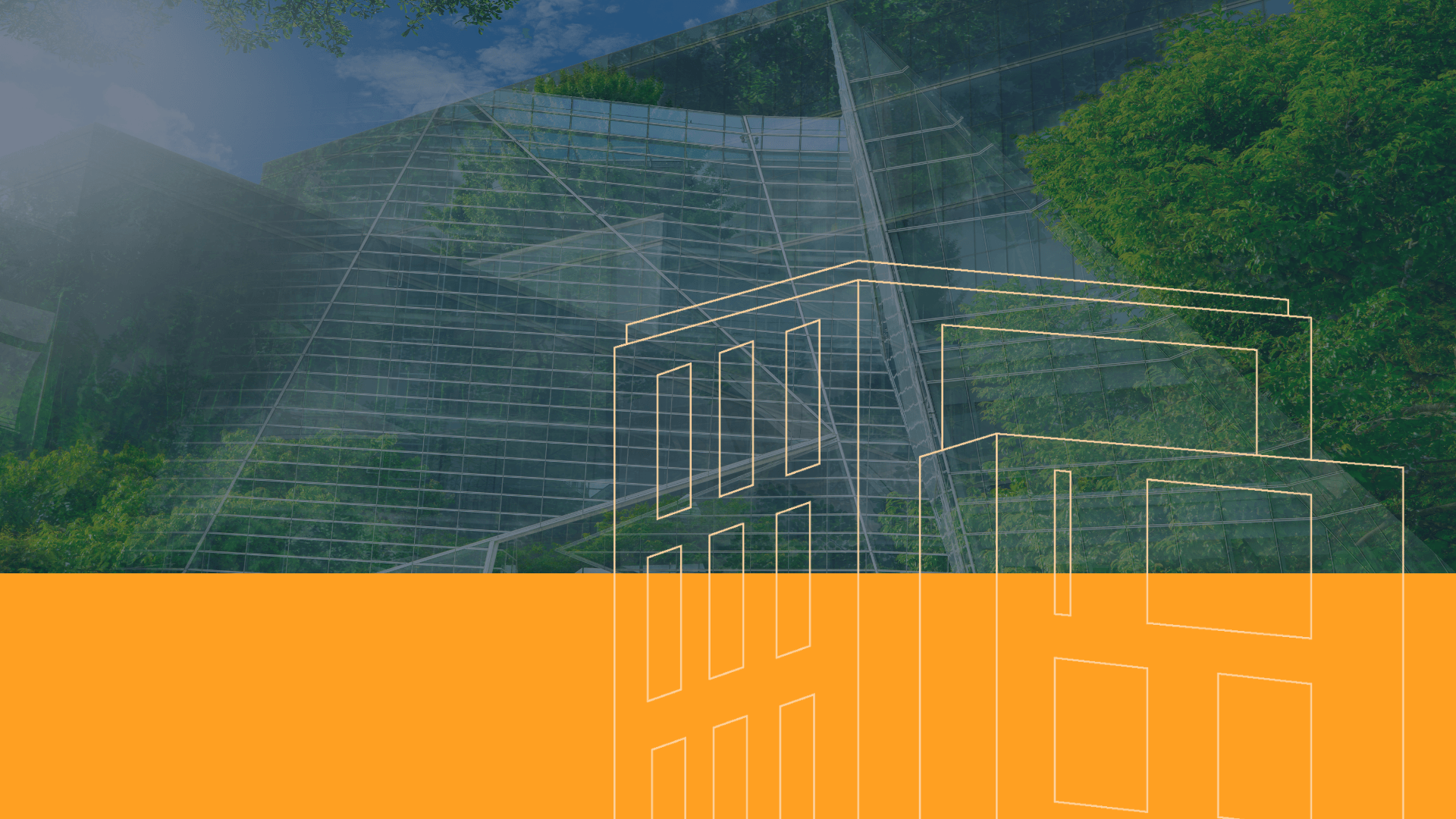Energy efficiency: what does the future hold for office property?
UncategorizedPublished on December 11, 2023
How is the sector evolving in the age of the flex office and energy efficiency? What levers can be used to support the transformations underway? Discussion.
What impact(s) are society’s new demands having on office property?
Nicolas Biais: Construction is the most energy-intensive sector in France, accounting for 42 % of total final energy consumption and generating 23 % of greenhouse gas emissions. With this consumption obviously weighing heavily on the country’s energy balance, it is only logical that we have seen the emergence of a series of environmental regulations – in 2012, in 2020 – which have had an initial significant impact on the way developers design and construct buildings.
Since then, the health crisis has led to an upheaval in working methods and organisation. The flex office has gained ground, and there has been a real rethink of how offices are occupied, which obviously includes the issue of energy consumption. Generally speaking, the way developers think about commercial property has changed completely in recent years.
Matthieu Scotti: Of course, offices are no longer “consumed” in the same way as they used to be, and part of Swizi’s job is to help companies produce concrete data on their presence and enable them to make decisions based on their day-to-day activities: giving back a part of the premises that is not being used, moving, occupying spaces differently, etc. Beyond organising the company, the idea is obviously to stop consuming energy as if the building were always full. We need to take a closer look at how these buildings are used.
What practical measures does sobriety take into account?
N.B.: Developers are seeing a drastic reduction in building permits. This situation is leading them to convert industrial buildings into business offices. Today, it’s easier for different companies to share floors in the same building. The notion of “reversible” or “mixed-use” buildings is also developing: a building of which the type is not static and which can be turned into a flat, office, workshop, etc., as and when required.
In all these projects, developers are integrating a key concept: being efficient does not necessarily mean consuming less, but consuming better. Reusing materials to limit waste, rethinking spaces, anticipating their use, and so on. Primpromo’s software includes specific functions for renovation projects, to support these transactions and calculate their financial impact.
M.S.: Faced with these energy challenges, today’s building owners will want to know how their building is being used, so that they can match the real needs of its occupants as closely as possible. With Swizi, we place sensors in the walls to collect data on what interests the owner: CO2 levels, occupancy rates, energy, etc. The owner will have a number of KPIs specific to their business to help them manage it more responsibly, if that is their goal. This data will also offer real choices to individuals, because it is not all down to the company. Individual behaviour and habits also have a role to play – and our solution can help to improve them!
How do you work with your customers to help them meet these challenges?
N.B.:Like Matthieu with Swizi, I’m convinced that we can no longer act on intuition but on the basis of sourced, verifiable, tangible data. We ourselves are working on CSR KPIs that will soon enable property developers to calculate the carbon impact of each stage of their property transactions. This is one of their requests: they are in the process of turning a corner, and we will be with them every step of the way to support them as their profession evolves.
M.S.:Our mission is to intervene in the occupancy of the building. It’s essential to start by securing what can be secured: using data to review our organisation in order to optimise the consumption of light, heating and air conditioning without compromising the comfort and well-being of our employees.
For example, our tool enables people booking meeting rooms to be grouped together on the same floor, so that they are not spread throughout the building, multiplying energy consumption requirements.
But there’s still a lot to do… and so much the better! Many partnerships, the sharing of best practice and communication are necessary and should be considered. Today, it is important that we all get round the table to look at the issues as a whole and move forward effectively.


